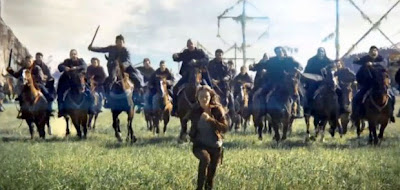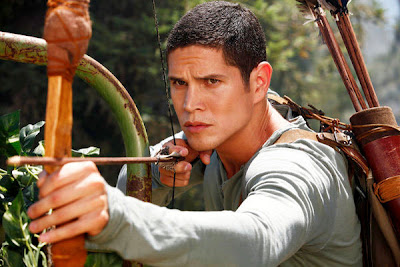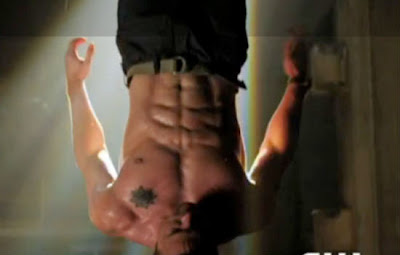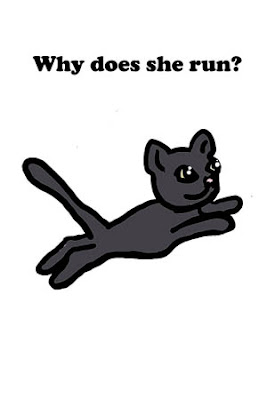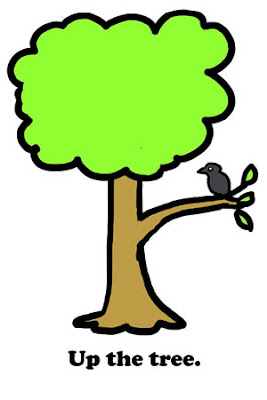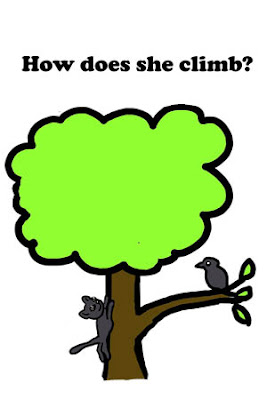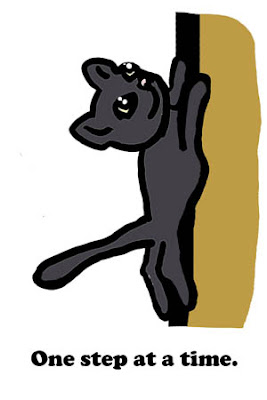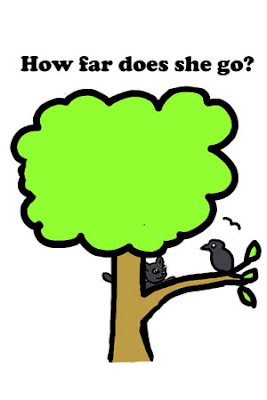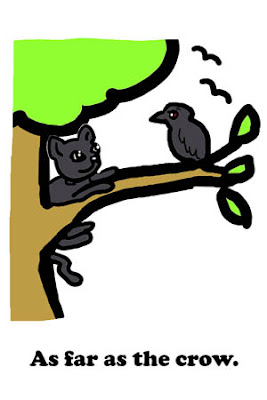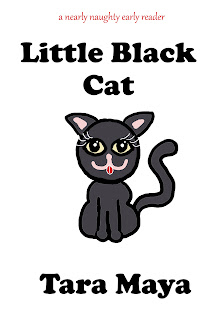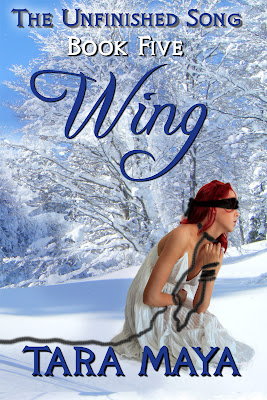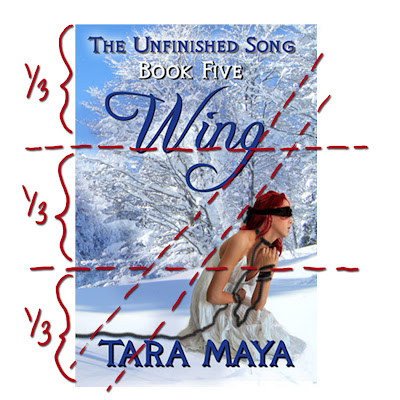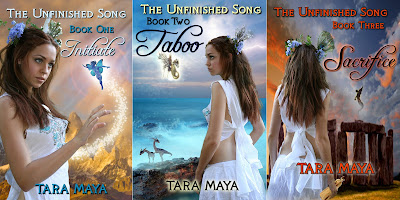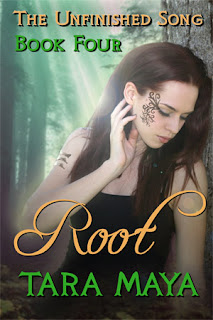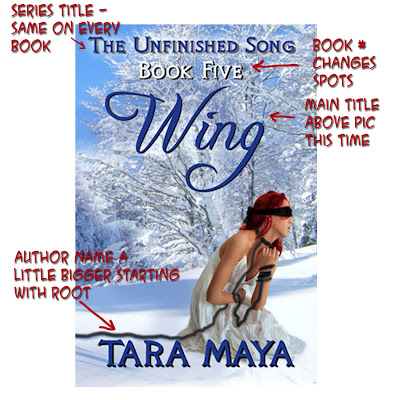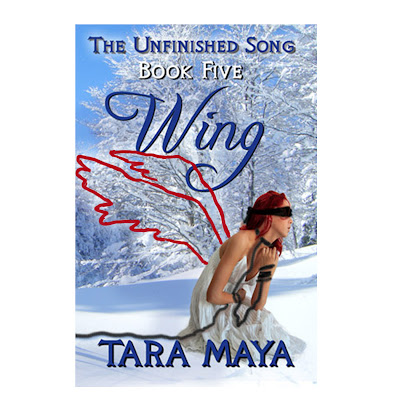- by Tara Maya
How To Write A Series – 03 – Expanse
A story requires a certain heft or breath or extension to justify a series — what I’ll call expanse. But it also needs a degree of cohesion to link the volumes of the series. This tension between expanse and cohesion is what makes for a good series.
Expanse can apply to one or more categories:
1. Length
Length is the first obvious test of a series. Some series are essentially one long story, split into separate volumes mostly for convenience. Possibly, as digital books replace paper books, the rational behind splitting the books up will not be a strong. We might see some authors publishing 500,000 or 1,000,000 word “novels.” But I suspect even in that case, the story would be subdivided into sections of some sort. The cohesion of a long story is easy to see if it has the same protagonists, antagonists, theme and story arc.
2. Cast
Cast is the number of major players involved in the story. The basic rule of thumb is that the more major characters there are — usually this means they are PoV characters at some point — the longer the story needs to be. Add enough characters and you almost have to have a series to do them all justice. The obvious question to ask is whether these characters’ stories connect enough to justify inclusion in the same series. Perhaps their stories would be better told separately. The stories of the various characters must interact and influence each other enough to cohere as a series. In certain kinds of series, the link may indeed be tenuous. It’s possible follow the successive stories of seven princes, three brothers, or successive generations, or employees at the same shadowy paranormal agency.
3. Duration
The duration of time covered in the story also impacts whether it makes sense as a series. If you’re following a child through several years of school (Harry Potter) or a naval officer through his career (Horatio Hornblower), this expanse of time is well suited to a series. The cohesion comes from following the same character despite the long period of time covered.
4. Cases
Any story that follows a protagonist or multi-player cast through repeated episodes, incidents or cases of a similar type is well-suited to a series. This is why almost all detective and police procedural stories are natural series. The police or detectives take case after case, a new one (or more than one) in each book (or television episode). The same principle applies to any repeated case. Doctor / nurse / hospital stories easily fall into this pattern, as do spy stories. Buffy the Vampire Slayer weekly battled vamps and other demonic foes in Sunnydale. Tarzan repeatedly stumbled across blonde queens ruling lost cities in the middle of Africa. A key to a cohesive series is that the cases are all of a type. It wouldn’t make sense, usually, to have a murder investigation in one episode, cure a sick man in another, and find a lost city in the third — unless there was some other obvious connection (and these storylines were subplots). On the sf series Stargate, for instance, the team might do all of those things in different episodes, but all within the frame of visiting a new world through the Stargate.
5. Space
Finally, some worlds are so large that they need exploring. The journey or journeys to cross the world and explore the many nooks and crannies or subcultures requires a series. The space may be a cultural space: the subterranean criminal culture of gangsters (Sopranos) or prison inmates (The Wire) or 60s advertisement writers (Mad Men). It could be a world war or a civil war. Much epic fantasy not only has a large cast and long story arc, it also showcases a unique magical world with its own distinct rules and cultures. The same is true for much space opera. Cohesion in such stories is provided by the protagonist/s as they traverse the various climes and demesnes of the world.
In general, the greater the expanse included in the story, the more likely it requires a series to explore fully. There is, however, a caveat; this must never be at the cost of the cohesion of the story. James Michener’s novel The Source uses the frame of an archeological dig to glimpse into separate stories that cover thousands of years. The linking motif comes from objects dug up by the archeologists. These disparate stories, so far apart in time and cast, are joined into a believable unity by Michener’s clever frame and by the fact that they all occur over the length of one novel. If Michener had tried to write a separate book for each time period, it would have been much harder to keep the story cohesive.


